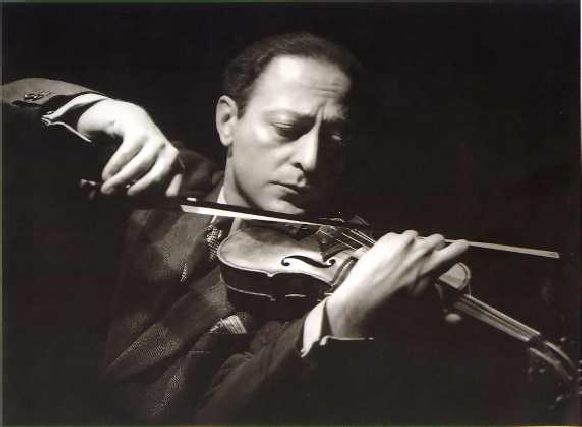Here is a simple bowing exercise inspired by the teaching of George Neikrug. The point is to be aware of how the curve of the bow can be utilized to pull the string in either direction, and how it should take advantage of the cylindrical cross-section of the string to maximize the tonal output for the leverage which the bow-arm, shoulders, back, torso, and hips put into that string, taking into account the angle required by the string's position on the bridge. The angle of the bow is exaggerated in the graphics here, but the idea is to almost but not actually touch the adjacent string at either end of the bow stroke when using the whole bow to roll over on either side of the string (but you can start by playing a double stop with the adjacent string to get used to moving from one side of the string to the other, then work on avoiding it).
One other thing not on this sheet: I generally prefer to play on the edge of the hair with the stick turned towards me, even at the tip. If you want consistency in your foundation tone, the string expects the same degree of focus at any point in the bow, so rather than play flat hair at the tip which can lead to a harder edged sound, I engage the core of my back muscles and rotate around my spine to help maintain strength and leverage (remember the baseball slugger on this blog?), and keep the same narrow amount of string under the bow hair to maximize how much of the string is vibrating. Of course, with variety of musical expression there should be variety of tone color, so in actual music making one needs to be flexible in bow usage, but this is a good way to start a practice session.








